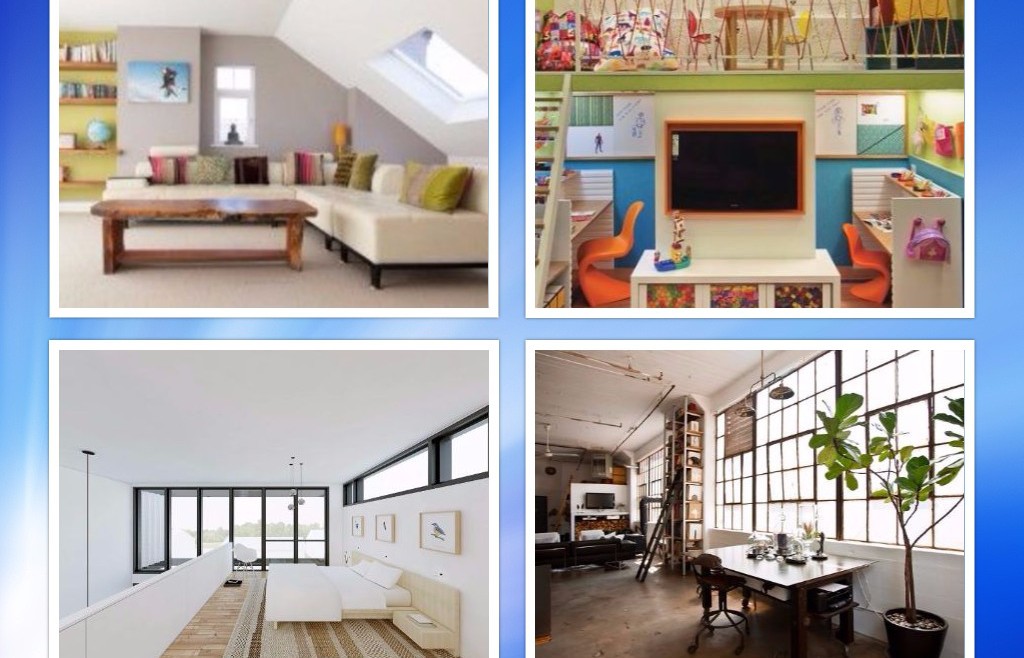Making the most of the sunshine with solar panels
https://imaginahome.com/wp-content/themes/osmosis/images/empty/thumbnail.jpg 150 150 Nisha Muire Nisha Muire https://secure.gravatar.com/avatar/09971b406125a2f92a37bf65b08fd3c3?s=96&d=mm&r=g
Sunshine is great for more than just tanning and warming yourself at the beach – it is also a terrific way to get the lighting and heating you need for garden projects at your Toronto home. Whether you are looking for an alternative way to heat your pool or want some low-maintenance ways to light up your garden after dark, using solar power is an easy, affordable and eco-friendly way of getting the energy you need.
Garden Ideas
Solar lanterns, fairy lights and deck flares are great lighting options to get that soft glow and party-like ambiance in your yard for evening parties. Although there are the regular plug-in versions of these lights, the more useful option includes the solar variety. Just plant them in an area with full sun and let the solar cells soak up the light during the day and then they will turn on automatically when dark. Solar lighting for your garden is an easy, low-maintenance way to get the lighting you want without having to remember to turn on/off lights switches, plug/unplug cables, etc…
Solar Blanket
Solar blankets are one of the most popular ways of heating outdoor pools. Although it does require a steady supply of uninterrupted sunshine, newer solar blanket models are highly efficient and are far more effective than older versions.
Safety lighting
Another great use for solar power is for emergency and/or safety lighting. Ideally for lighting up walkways, lanes or infrequently used outdoor areas of your property, they are a good option for always having light when it is needed.
Solar power is evolving and getting better every year. The options for its use are varied and perfect for applications where you want a small energy footprint and high efficiency.
Garden Ideas
Solar lanterns, fairy lights and deck flares are great lighting options to get that soft glow and party-like ambiance in your yard for evening parties. Although there are the regular plug-in versions of these lights, the more useful option includes the solar variety. Just plant them in an area with full sun and let the solar cells soak up the light during the day and then they will turn on automatically when dark. Solar lighting for your garden is an easy, low-maintenance way to get the lighting you want without having to remember to turn on/off lights switches, plug/unplug cables, etc…
Solar Blanket
Solar blankets are one of the most popular ways of heating outdoor pools. Although it does require a steady supply of uninterrupted sunshine, newer solar blanket models are highly efficient and are far more effective than older versions.
Safety lighting
Another great use for solar power is for emergency and/or safety lighting. Ideally for lighting up walkways, lanes or infrequently used outdoor areas of your property, they are a good option for always having light when it is needed.
Solar power is evolving and getting better every year. The options for its use are varied and perfect for applications where you want a small energy footprint and high efficiency.

